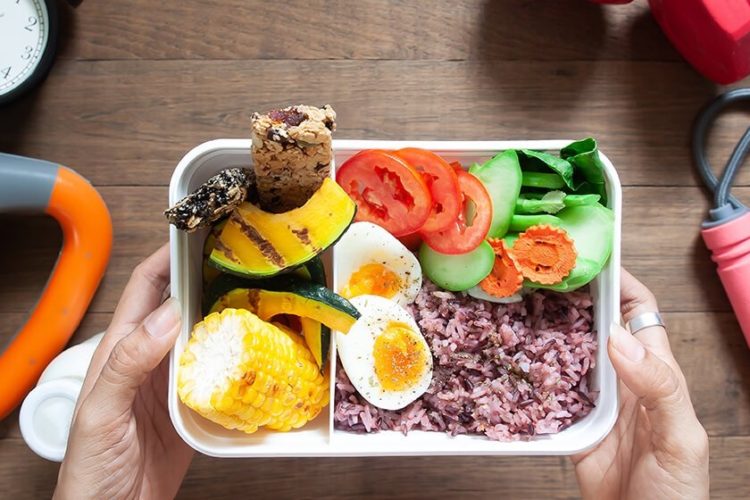A balanced diet for children essentially consists of adequate amount of different components of food, i.e. carbohydrates, proteins, fats, micronutrients (vitamins and minerals), etc. along with fibre (roughage) and water. These components play a crucial role in the healthy functioning of your child’s body.
In this article, we have listed down some of the essentials foods which should feature in the balanced diet chart for children. These foods help to offer a balanced and nutritious diet for children. They can be divided into five broad food groups.
Let’s take a look at these groups and how will they benefit nutritionally to a child:
Milk & Milk Products:
Milk is perhaps one of the essential food groups which ought to feature in the balanced diet of children. It provides important nutrients such as protein, calcium, and vitamin B complex, which nourishes and promotes the growth of muscles, bones, teeth, and overall health. It is advised that you must include at least four glasses on milk in your child’s diet.
Cereals:
Cereals are crucial to ensure that your child receives adequate amounts of protein, iron, vitamin B complex, and fibre. They provide roughage which promotes bowel health and helps to maintain a sound digestive system.
You could include cereals in the balanced diet chart for children in the form of various types of breads, chapattis, idlis, dosas, rice, noodles made out of grains flours, etc. Ensure that at least three important meals of your child feature cereals. You can ask your child’s paediatrician to help you out in planning how and when you can include grains in your child’s diet plan.
Poultry, meats, and nuts:
Another crucial nutritional aspect which should feature in the balanced diet chart for children is protein. This nutrient helps in running the bodily functions smoothly. Additionally, it also helps in body-building and muscle strengthening. Lean meat, fish, and chicken are good sources of proteins. Nuts such as peanuts, almonds, pecans, cashews, and pistachios are a rich source of proteins, as well. Ideally, your child’s diet plan should have at least two servings from this group daily.
Vegetables:
When it comes to vitamins such as vitamin A and iron, vegetables are a great way to get them. All the green leafy vegetables such as spinach, fenugreek (methi), collards, iceberg lettuce, romaine lettuce, kale, etc. are rich in iron. However, vegetables such as sweet potato, pumpkin, carrot, broccoli, tomatoes, and red bell peppers are a great source of vitamin A. These vegetables helps to keep the eyes and skin healthy. Since these vegetables have roughage, they also help in healthy functioning of the bowel. Small portions of veggies for both – lunch and dinner can help you child get the required nutrients and improve digestion.
Fruits:
Minerals such as iron, potassium, copper, zinc, calcium, etc. help in growth, development, and keeping your child healthy. These minerals are found extensively in fruits such as apple, strawberries, kiwi, avocado, pineapple, beetroot, and papaya. From building strong bones to transmitting nerve impulses, minerals do it all. Some minerals are also used to make hormones and maintain a regular heartbeat. Hence, it is essential to feature at least two fruits in the child’s diet plan, daily.
While preparing a diet plan or balanced diet chart for children, ensure that you have each food group mentioned above. These groups play a crucial role in maintaining the overall health of your child. They also offer adequate support to help the development process in children.

